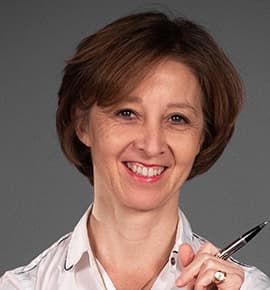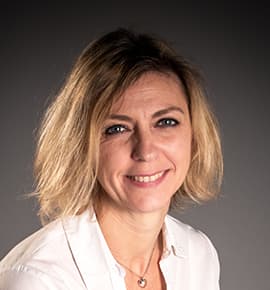The Abbaye de Fontfroide
At the heart of an amazing landscape protected by the Corbières rolling hills the wines of Fontfroide carry the secrets of a 1000 years of history . The vineyard was created around this jewel of Roman architecture, the cistercien Abbey located in Cathar land. Initially vinified to provide each monk with the daily ration recommended by the rule of Saint Benedict, the wines gradually became imbued with the values of the men who produced them.
To discover the range of wines of the Abbey of Fontfroide is to enter a preserved terroir of plains and fragrant scrubland, it is to meditate in the galleries of the cloister where the chirping of birds enchants the silence, it is to give thanks to the inspiration as the Fontfroidiens artists did for a time, and is finally approaching a form of universal absolute in bliss.






